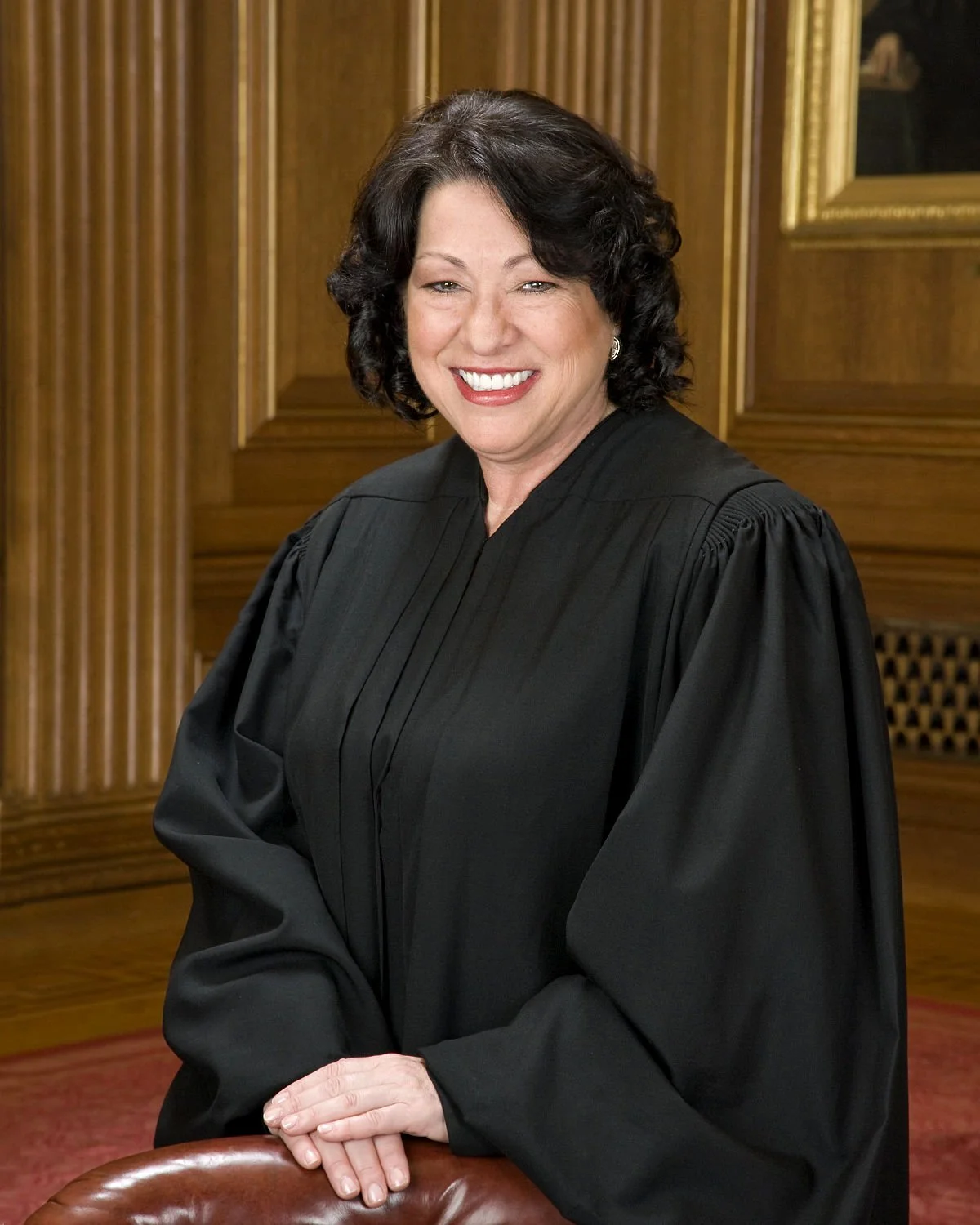Sonia Sotomayor's Dissent in Students for Fair Admissions v. Harvard and the University of North Carolina Evinces an Impoverished View Of Our Ability to Measure Higher Education Outcomes
To me, the following from pages 51 and 52 of Sonia Sotomayor’s dissent in Students for Fair Admissions v. Harvard does not give enough credit to the potential of good social science (footnote omitted):
2
As noted above, this Court suggests that the use of race in college admissions is unworkable because respondents’ objectives are not sufficiently “measurable,” “focused,” “concrete,” and “coherent.” Ante, at 23, 26, 39. How much more precision is required or how universities are supposed to meet the Court’s measurability requirement, the Court’s opinion does not say. That is exactly the point. The Court is not interested in crafting a workable framework that promotes racial diversity on college campuses. Instead, it an- nounces a requirement designed to ensure all race-conscious plans fail. Any increased level of precision runs the risk of violating the Court’s admonition that colleges and universities operate their race-conscious admissions policies with no “‘specified percentage[s]’” and no “specific number[s] firmly in mind.” Grutter, 539 U. S., at 324, 335. Thus, the majority’s holding puts schools in an untenable position. It creates a legal framework where race-conscious plans must be measured with precision but also must not be measured with precision. That holding is not meant to infuse clarity into the strict scrutiny framework; it is designed to render strict scrutiny “ ‘fatal in fact.’ ” Id., at 326 (quoting Adarand Constructors, Inc., 515 U. S., at 237). Indeed, the Court gives the game away when it holds that, to the extent respondents are actually measuring their diversity objectives with any level of specificity (for example, with a “focus on numbers” or specific “numerical commitment”), their plans are unconstitutional. Ante, at 30–31; see also ante, at 29 (THOMAS, J., concurring) (“I highly doubt any [university] will be able to” show a “measurable state interest”).
Colleges and universities could do a lot to carefully measure in a times series educational outcomes of all kinds (included those claimed as benefits of race-conscious admissions) if they made it a priority. I have written on that theme before:
In “How to Foster Transformative Innovation in Higher Education,” I write:
I doubt that higher education in the United States will reform itself without a push from the outside. We need more competition from new kinds of higher education. The key to allowing alternative forms of higher education to flourish is to replace the current emphasis on accreditation, which tends to lock in the status quo, and instead have the government or a foundation with an interest in higher education develop high-quality assessment tools for what skills a student has at graduation. Distinct skills should be separately certified. The biggest emphasis should be on skills directly valuable in the labor market: writing, reading carefully, coding, the lesser computer and math skills needed to be a whiz with a spreadsheet, etc. But students should be able to get certified in every key skill that a college or university purports to teach. (Where what should be taught is disputed, as in the Humanities, there should be alternative certification routes, such as a certification in the use of Postmodernism and a separate certification for knowledge of what was conceived as the traditional canon 75 years ago. The nature of the assessment in each can be controlled by professors who believe in that particular school of thought.)
Whatever outcome is claimed for education at a particular college or from a particular course of study can be measured—typically by appropriate survey or quiz questions, sometimes by other types of data collection. There are many other outcomes of interest beyond bare racial statistics.
